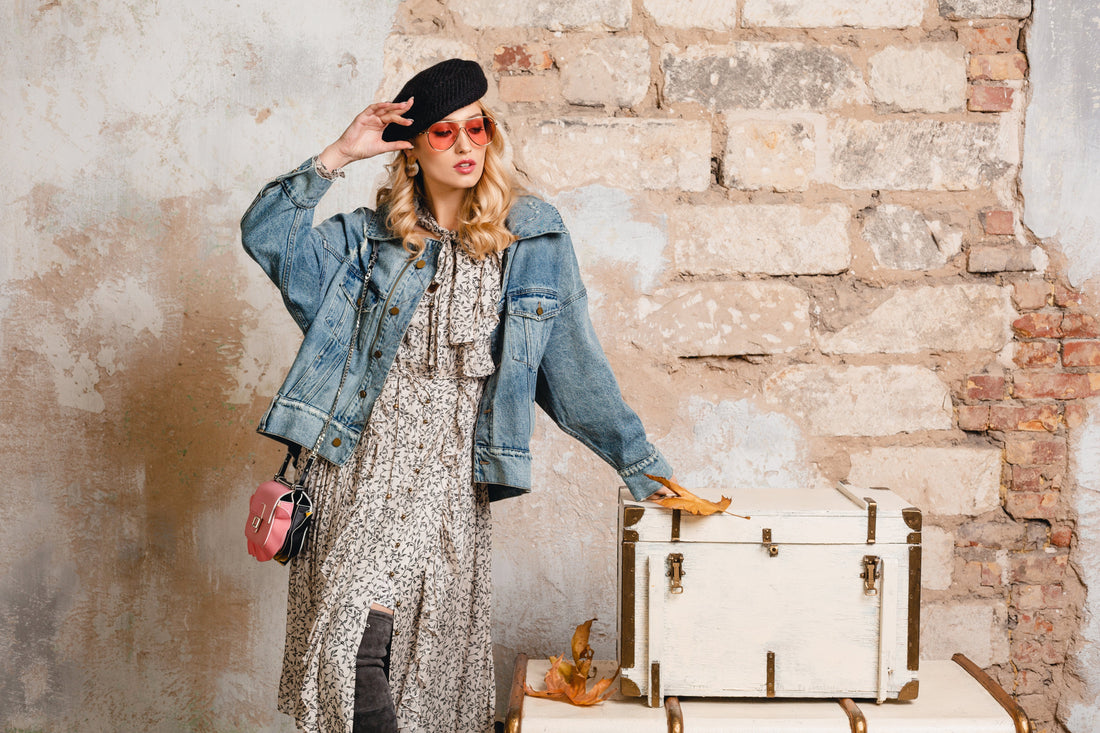
Dressing with Texture: How Fabric Surfaces Shape Your Look
Kiaan ChaseWhile color and silhouette often dominate styling conversations, texture is a subtle but powerful aspect of how an outfit is perceived. The surface of a fabric—whether smooth, ribbed, crinkled, or soft—can completely alter the balance of a look.
Texture affects depth. An outfit in a single color can appear flat unless the materials create contrast. A smooth shirt paired with a slightly structured skirt introduces variation without relying on color or pattern. This creates a layered effect, adding dimension to even the most minimal outfit.
Seasonal texture choices also influence the tone of a wardrobe. During cooler months, knits and heavier weaves bring warmth and density to a look. In warmer seasons, lighter textures such as cotton blends or fine ribbing allow for breathability and layering without heaviness.
Combining textures across an outfit creates visual balance. A ribbed shirt can add interest to a simple pant. A crisp cotton button-up can tone down the softness of a fluid skirt. These pairings allow outfits to feel thought-through without requiring embellishment.
Texture also changes how a garment moves. A structured fabric holds shape and adds formality, while a fluid material introduces ease. Mixing the two in a single outfit adds contrast that subtly shifts the tone of the look. For example, a tailored top with a soft trouser can signal balance without rigidity.
For those building a wardrobe from core pieces, texture is often the hidden tool that makes outfits feel intentional. Without needing prints or loud statements, a wardrobe built on subtle surface shifts can remain visually rich and highly wearable.
We choose garments that speak through these surface differences—pieces that work individually but layer well due to texture interplay. Through conscious material selection, our collections help shape wardrobes that do more with less, using tactile elements to keep style sharp, but understated.
